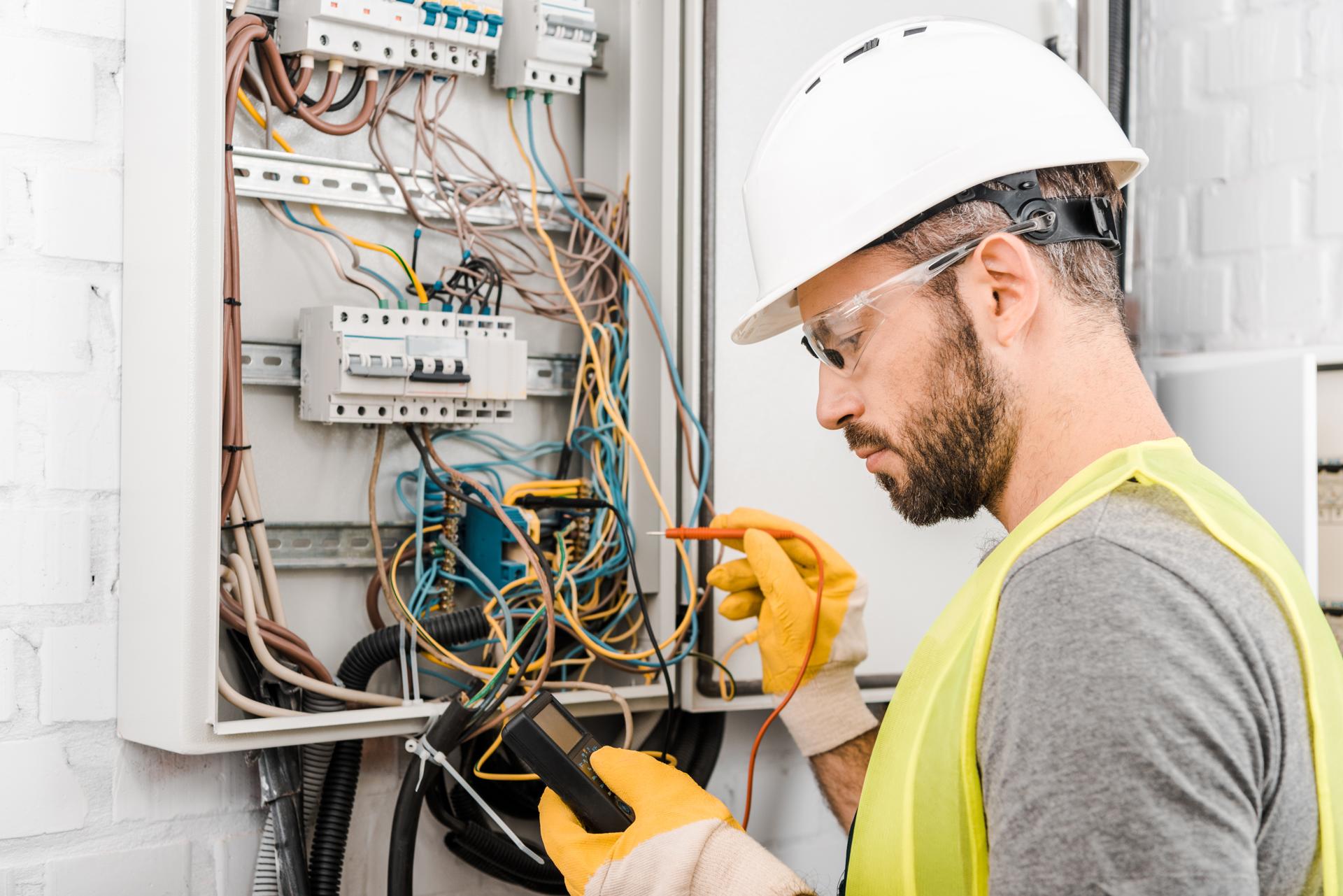An Overview of the Inner Workings of Electrical Wiring in Your Home: What It Is and How It Works

Electricity is a vital part of our daily lives, supplying everything from the lights of our houses to devices we use every day. However, electrical systems can be a bit complicated and understanding how they function can be challenging. In this guide we’ll breakdown the components in an electrical circuit, and explain how circuits work to power devices and appliances. Our residential electricians can handle any electrical jobs you need.
The components of an electrical system
An electrical system is comprised of several key components that work together to provide power throughout the home. They include:
Breaker box: the central distribution point for electric power in homes in which the power is split into various circuits
Outlets and switches: the places where electricity is delivered to appliances and devices
Wiring: the electrical wires that transmit electricity from the breaker box to the outlets and switches
Electronic appliances and gadgets: devices and appliances that use electricity to function.
Electrical Circuits
A circuit of electricity is a pathway that allows electricity to flow from the source (the the breaker box) to appliances and devices within the home. There are two types of electrical circuits that can be found in the home which are 120-volt circuits and 240-volt circuits. 120-volt circuits are utilized to power most household appliances and appliances, while the 240-volt circuits are designed for larger appliances like air conditioners and electric dryers.
Electrical circuits work by completing an electrical loop that allows power to flow from the source to the appliance or device. The loop consists of a hot wire which transports the power and a neutral wire which completes the circuit, and a ground wire , which is a path for electricity to reach the ground in case the fault occurs.
Understanding the electrical Wiring
Electrical wiring is available in a variety of different types, including non-metallic sheathed wire (NM), armored cable (AC), and conduit. Each type has its own advantages and drawbacks and the selection of the wiring type is contingent upon the specific needs that the location requires.
Electricity travels through wiring through a flow of electrons in the wire. Electrons move through the wire from source, to device or appliance returning to the source through the neutral wire. It is essential to ensure the wiring is put in place and maintained properly, since faulty wiring can lead to electrical dangers like shocks and fires.
Common Electrical Issues
The most frequent electrical problems found at home include tripping breakers, flickering lights, and electrical outlets that are not working. These issues can be caused by a myriad of causes that include overloading circuits, broken connections, and defective wiring.
If you are experiencing any of these issues it is essential to determine the cause and take appropriate actions to rectify the issue. In certain instances this could mean contacting a licensed electrician to examine and fix the wiring.
Conclusion and Call to Action
In conclusion, understanding how electrical wiring operates is vital to ensure the security and reliability of the electrical system in your home. By following the guidelines outlined in this document and you will be able to remain safe and prevent potential hazards.
If you have any concerns or questions about your home’s electrical system, don’t hesitate to contact Local Electrician North Shore. Our licensed electricians has the experience and knowledge to address all of your electrical needs. Contact us by phone at 1300 941 876 to schedule a appointment.
FAQ
What are the signs of an electrical wiring issue?
Signs of defective electrical wiring could include tripping breakers flickering lights, or electrical outlets that are not working, for example.
When should I have the electrical system of my house checked?
It’s recommended that you have your home’s electrical system examined by an accredited electrician each 10 years.
What is the expected lifespan of wiring that is electrical?
The life span of electrical wiring is dependent on several factors, including what kind of wire, the setting it’s placed in, and the quality of the installation. In general, most electrical wiring will last for at least thirty years, or even more with proper installation and maintenance.
Can I fix electrical problems by myself or should I engage an electrician?
While some electrical issues can be solved by homeowners, it is advised that you employ a licensed electrician for most electrical repairs. If you attempt to fix electrical issues without proper training and knowledge can be risky and could cause injuries or damages the property.
What should I do if I experience an electrical emergency at home?
In the event of an electrical issue the first step is to turn off the power supply to the area affected by turning off the breaker or the fuse. Contact an authorized electrician to inspect and repair the problem as quickly as possible.
If you follow these tips, you can ensure the security and reliability of your home’s electrical system , and avoid possible dangers. Be aware that when it comes to electrical repairs or installations, it’s best to leave it to the experts. Reach out to Local Electrician North Shore at 1300 941 876 to discuss all of your electrical requirements.
